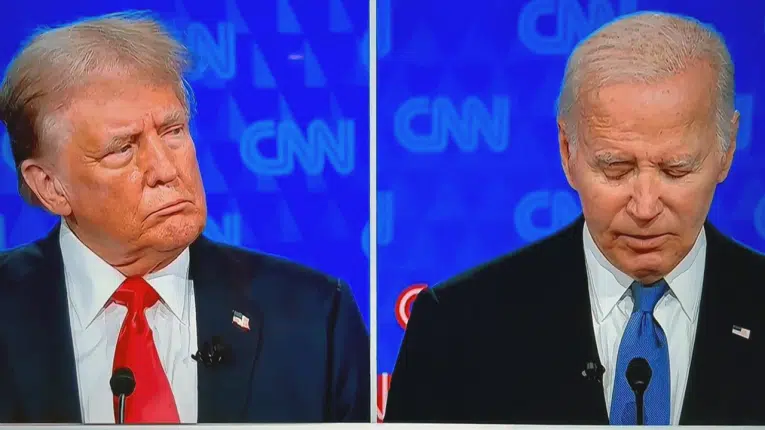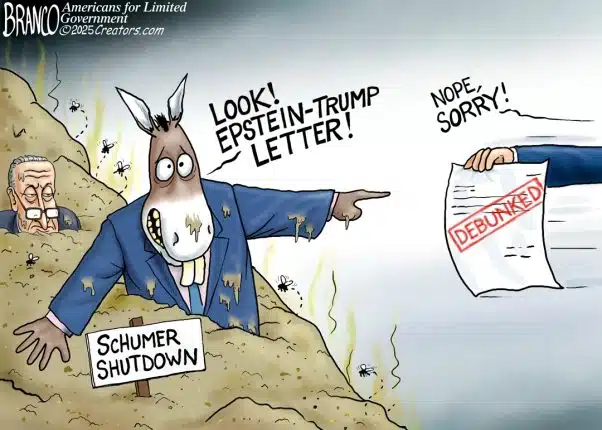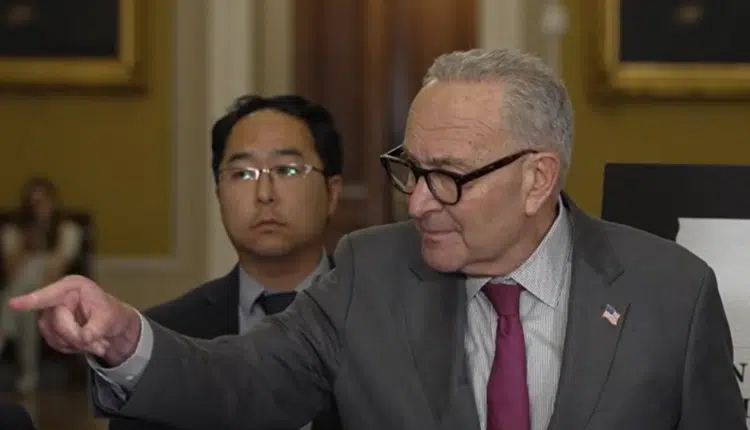
408,000 fewer Americans reported being employed as the U.S. unemployment rate rose to 4 percent in May, according to the latest data compiled by the Bureau of Labor Statistics’ household survey.
That accounts for 783,000 fewer Americans reporting they have jobs since Nov. 2023 when employment peaked at 161.86 million. Now it’s down to 161.08 million.
In the meantime, unemployment is up to 6.6 million from its April 2023 low of 5.7 million, an increase of more than 900,000. That includes an increase of 157,000 more unemployed in the past month along.
Overall, the unemployment rate itself is now noticeably above its April 2023 low of 3.4 percent, coming in at 4 percent now, its highest level since Nov. 2021. That’s likely not great news for President Joe Biden amid his 2024 reelection bid against former President Donald Trump.
All of that is consistent with annualized inflation gradually easing, at 3.4 percent the past twelve months as of April and down from its June 2022 level of 9.1 percent. Usually, after peak inflation, when the economy overheats, consumer purchases will slow down and unemployment will tick upward, which it is.

The truth is, the unemployment rate might be much higher if not for the Baby Boomer retirement wave still underway.
Those not in the labor force jumped by 433,000, which offset the 157,000 increase in unemployment in terms of calculating the unemployment rate. Overall, not in labor force is up by 721,000 the past year.
Almost all of that on a net basis is old people, with 65 and over accounting for 637,000 more not in the labor force as the Baby Boomer retirement wave continues apace.
Since Jan. 2021, 65 and over not in the labor force is up 1.36 million to its current level of 32.36 million. It’s up 8.6 million since May 2014, and up 13.3 million since June 2008, representing a massive generational shift in the U.S. labor force that is still working itself out.

In his State of the Union address on March 7, President Joe Biden emphasized the overall slowdown of inflation and promised that “The landing is and will be soft.” But will it?
In its Dec. 2023 economic projections, the Federal Reserve stated the unemployment rate would hit 4.1 percent this year. It’s almost there, with just another 168,000 more unemployed to go to hit the Fed’s projection — assuming the projection wasn’t understated.
That would amount to about 1 million more unemployed during the current slowdown, compared to the financial crisis and Great Recession of 2008 and 2009, and the 2020 Covid recession, when 8 million and 25 million of jobs were lost, respectively
That would also be smaller than when the dotcom bubble popped in the late 1990s and a recession was experienced in 2001 and 2002. Then, almost 2.1 million jobs were lost from peak employment in March 2001 to the bottom of the labor market in Jan. 2002, from almost 137.8 million down to 135.7 million, although the unemployment rate would not peak until June 2003 at 6.3 percent.
The numbers currently seen so far aren’t horrible, but there could still be more trouble on the horizon. At the high end of its projections, the Fed sees unemployment getting as high as 4.5 percent in 2024 and 4.7 percent in 2025.

The indicator to keep your eye on remains the spread between 10-year and 2-year treasuries, which tends to invert prior to recessions, and then uninverts as the unemployment rate rises. At -0.44 percent as of this writing, and so it still hasn’t uninverted, implying more job losses ahead, but is much above its -1.07 and -1.08 percent readings in March and July 2023, respectively. It’s just a matter of time before it uninverts.
The question might be whether its pain now, or pain later. So far, with inflation still with room to fall and Fed holding its elevated interest rates steady for the time being, and unemployment slowly increasing, it’s looking like pain later. Stay tuned.
Robert Romano is the Vice President of Public Policy at Americans for Limited Government Foundation.






